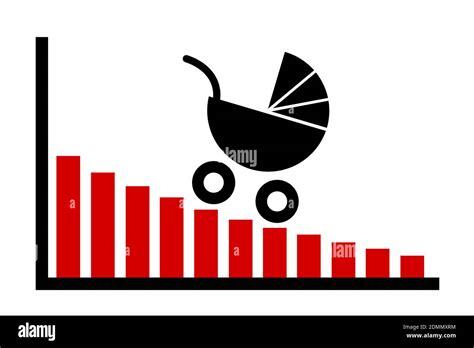Crisis of Motherhood Part 1: How Countries Face the Crisis of Declining Birthrates

The Crisis of Motherhood Part 1
Press TV (2024)
Film Review
This documentary concerns the declining birthrates in the industrial world, which the filmmakers attribute to declining fertility, improved birth control technology, worsening economic conditions, the changing social role of women and a pervasive depopulation ideology preaching that only reducing global population will solve the world’s environmental problems.
At present the average fertility rate in the West is 1.53 children per woman, well below the 2.0 rate required to maintain a stable population. One hundred countries (including China, India, Japan, Korea and the US) have fertility rates below the 2.0. Now that women have entered the job market in large numbers, women are delaying their reproductive years. In Western countries, the average maternal age for a firstborn child is 29.4. In the Middle East, it’s 31. In Italy, Luxembourg and Spain, it’s 31. As female fertility decreases significant after age 35, this has caused major problems for couples trying to conceive.
The surrogate mother industry (where couples pay women to carry their genetic offspring) turns over $1 billion annually. The filmmakers highlight the thriving surrogate industry in pre-war Ukraine, one of the few countries where surrogate pregnancy is still legal. Prior to the current war Ukrainian surrogates, foreign couples paid Ukrainian women $US37,000 each to give birth to 3,000 babies annually.
Most Western countries view a shrinking native population as a demographic crisis, as the younger working population becomes too small to support a growing elderly demographic. Several offer financial incentives for having children. Italy offers a free plot of land to couples who have a third child. Hungary offers a one-off grant of $30,000 euros to couples who pledge to have children.
Owing to the dominance of the fashion industry over the Western media, motherhood presently has a negative image. This is not helped by by a high profile depopulation campaign (spearheaded by Prince Harry and Meghan Markle who have committed to save the environment by stopping at two children). In part owing to this campaign, young Westerners (who filmmakers assert are “less resilient to life’s challenges”) decide having kids isn’t worth the trouble.
In recent years, growing numbers of Western women link having kids with perpetual under-employment, lost career opportunities and poverty [Ed Note Because the link is only too real in Western countries].
For the last half century, having children has become a choice, as the pioneering ideas of Dr Charles Knowlton have resulted in safe and effective birth control technology, enabling couples to separate intercourse from reproduction.
The Most Revolutionary Act
- Stuart Jeanne Bramhall's profile
- 11 followers



